Suppose you are a thief and you invaded a house. Inside you found the following items:
A vase that weights 3 pounds and is worth 50 dollars.
A silver nugget that weights 6 pounds and is worth 30 dollars.
A painting that weights 4 pounds and is worth 40 dollars.
A mirror that weights 5 pounds and is worth 10 dollars.
Solution to this Knapsack problem of size 10 pounds is 90 dollars .
Table made from dynamic programming is :-

Now i want to know which elements i put in my sack using this table then how to back track ??